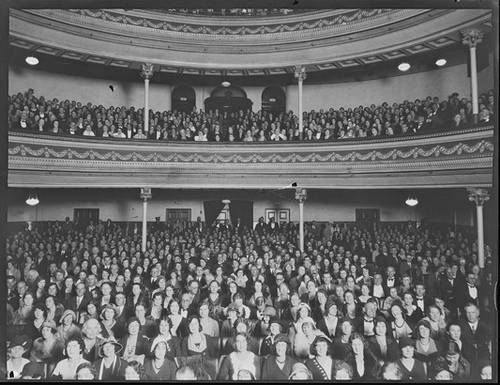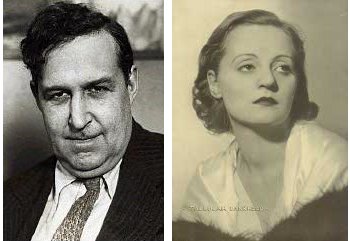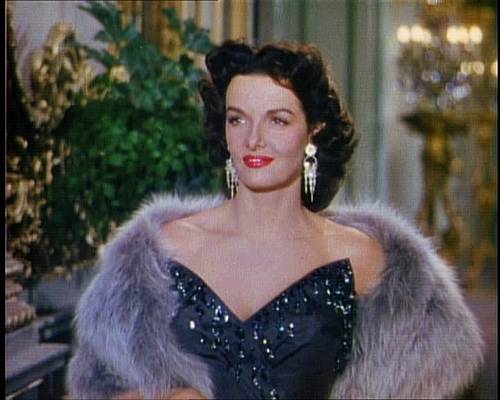- Cain killed a quarter of the world’s population.
- Spencer Tracy’s 1937 Oscar was engraved DICK TRACY.
- 15626 = 1 + 56×2-6
- NINE TEN ELEVEN alternates vowels and consonants.
- “Can you play chess without the queen?” — Wittgenstein
Entertainment
Trivium
Marlon Brando and Robert De Niro are the only actors to win Oscars playing the same character. Brando won Best Actor for playing Vito Corleone in The Godfather in 1972, and De Niro won Best Supporting Actor for the same role in The Godfather Part II in 1974.
See Too Much Talent.
Plumbing Trouble
When Billy Wilder visited Paris in the 1940s, his wife asked him to buy her a bidet.
After a few days he wired back:
UNABLE OBTAIN BIDET. SUGGEST HANDSTAND IN SHOWER.
Blind Brickbats

In 1956, Cardinal Spellman forbade New York Catholics to see Elia Kazan’s film Baby Doll. Asked whether he himself had seen it, Spellman replied, “Must you have a disease to know what it is? If your water supply is poisoned, there’s no reason for you to drink the water.”
The British Board of Film Censors reported that the 1928 French surrealist film The Seashell and the Clergyman was “so cryptic as to be almost meaningless” … but “if there is a meaning, it is doubtless objectionable.”
“Think for yourselves,” wrote Voltaire, “and let others enjoy the privilege to do so, too.”
Shhh!
Americans require a restful quiet in the moving picture theater, and for them talking from the lips of the figures on the screen destroys the illusion. Devices for projecting the film actor’s speech can be perfected, but the idea is not practical. The stage is the place for the spoken word. The reactions of the American public up to now indicate the movies will not supersede it.
— Thomas Edison, quoted in the New York Times, May 21, 1926
Trouble

After a series of poor performances of her Broadway show The Exciters, Heywood Broun told Tallulah Bankhead:
“Don’t look now, but your show’s slipping.”
Misc
- River Phoenix was born River Bottom.
- Every natural number is the sum of four squares.
- What happens if Pinocchio says, “My nose will grow now”?
- Shakespeare has no living descendants.
- “All generalizations are dangerous — even this one.” — Dumas
Deer Prudence
In 1946, while on location shooting The Yearling, Victor Fleming was barraged with interfering telegrams by producer Sidney Franklin. Finally he wired back:
JUST SAT DOWN AND READ SCRIPT AND YOUR TELEGRAM TO DEER + FEEL HE WILL DO BETTER HEREAFTER.
Double Feature

Hollywood has always abbreviated long titles — Gone With the Wind became known as GWTW, and For Whom the Bell Tolls as FWTBT.
One Jane Russell picture was tentatively titled Tall in the Saddle until an RKO publicist pointed out this trend.
The title was dropped.
The Adam Bomb
On Aug. 10, 2004, Cincinnati Reds first baseman Adam Dunn hit a ball entirely out of Cincinnati’s Great American Ball Park. It landed on Mehring Way, 535 feet from home plate, hopped another 200 feet or so, and came to rest on a piece of driftwood on the edge of the Ohio River.
That part of the river belongs to Kentucky. This makes Dunn the only player in major league history to hit the ball into another state.
See Pop Fly and Four-Dimensional Basketball.
